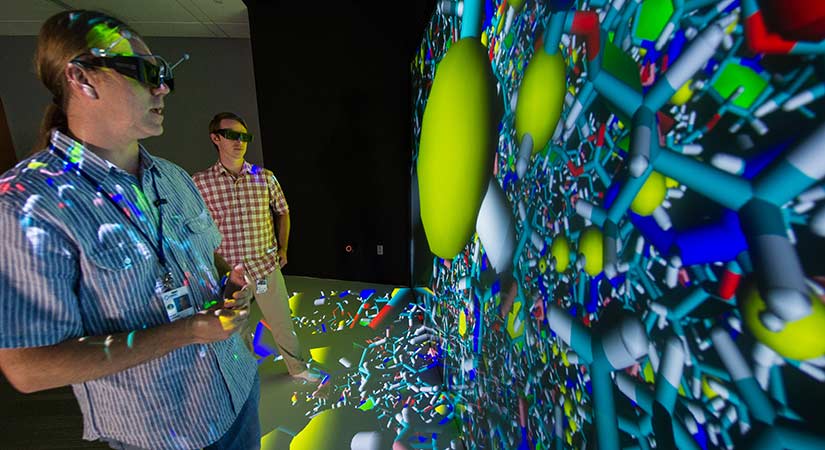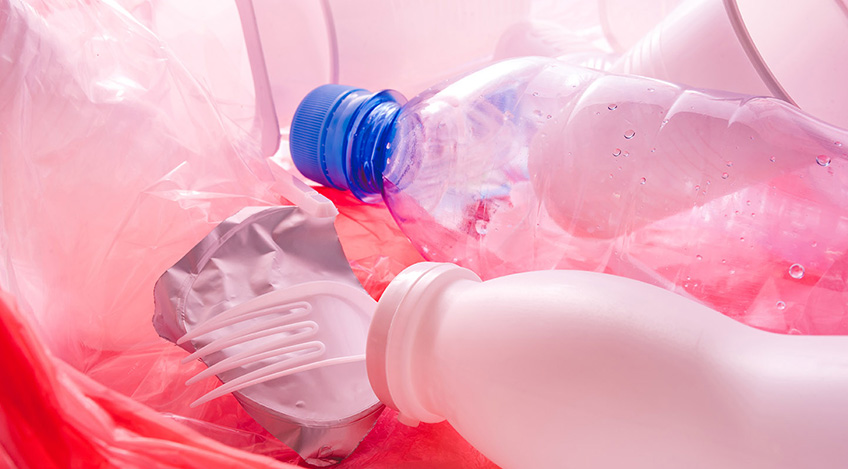Biomass Manufacturing
NLR's biomass research goes beyond chemicals and fuel manufacturing, crosscutting other energy-intensive industries such as forest products manufacturing, food and beverage manufacturing, and other related industries.

Capabilities
NLR supports advanced manufacturing through various biomass-related capabilities and projects.

Pulp and Paper Manufacturing
NLR employs advanced molecular high-performance computer simulations to improve the efficiency of kraft pulp yield and help innovate the American pulp and paper industry.

U.S. Department of Energy's BOTTLE Research Consortium
The Bio-Optimized Technologies to keep Thermoplastics out of Landfills and the Environment (BOTTLE™) consortium is developing new chemical upcycling strategies for today's plastics and redesigning tomorrow's plastics to be recyclable-by-design.
Share
Last Updated Dec. 7, 2025
